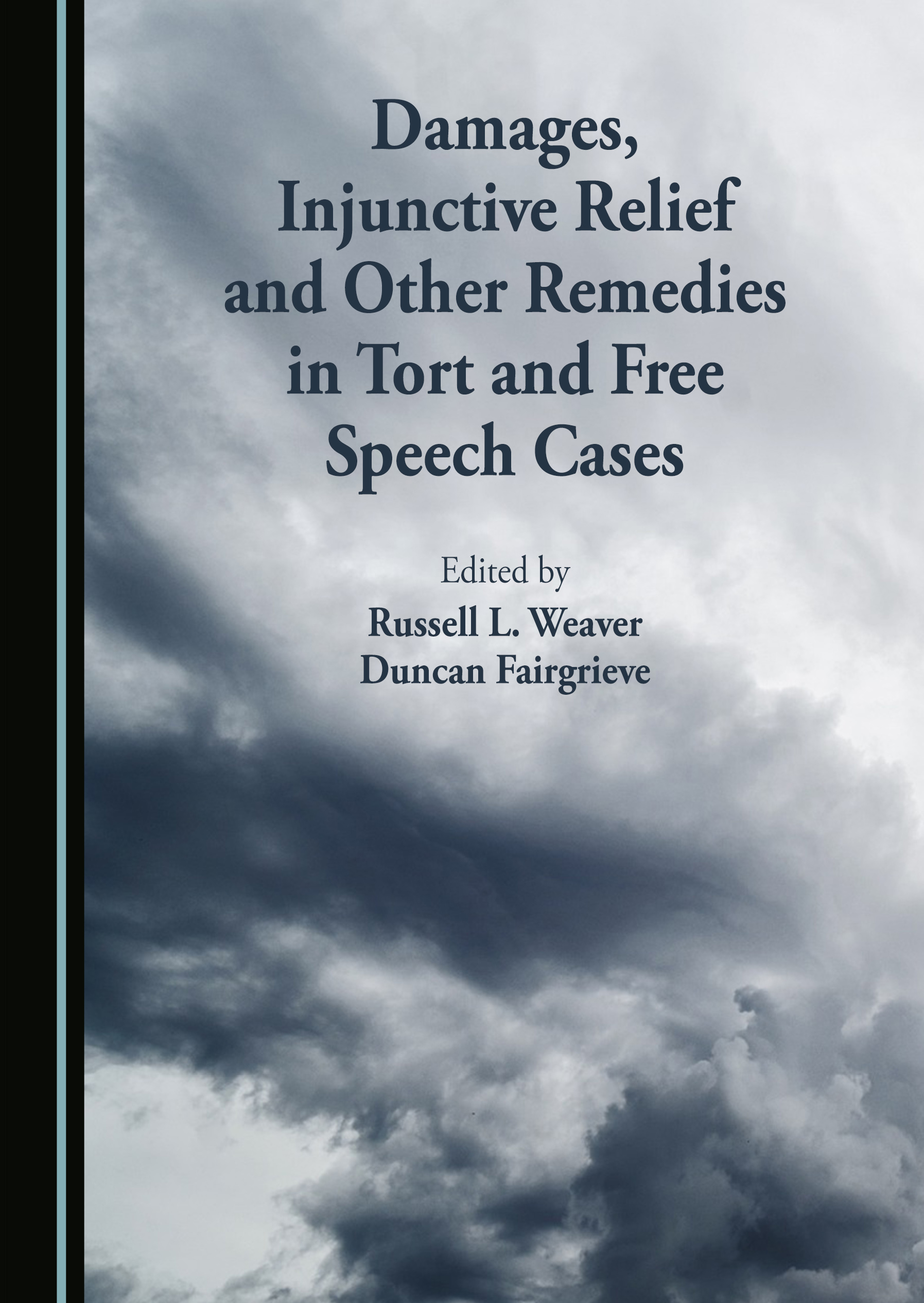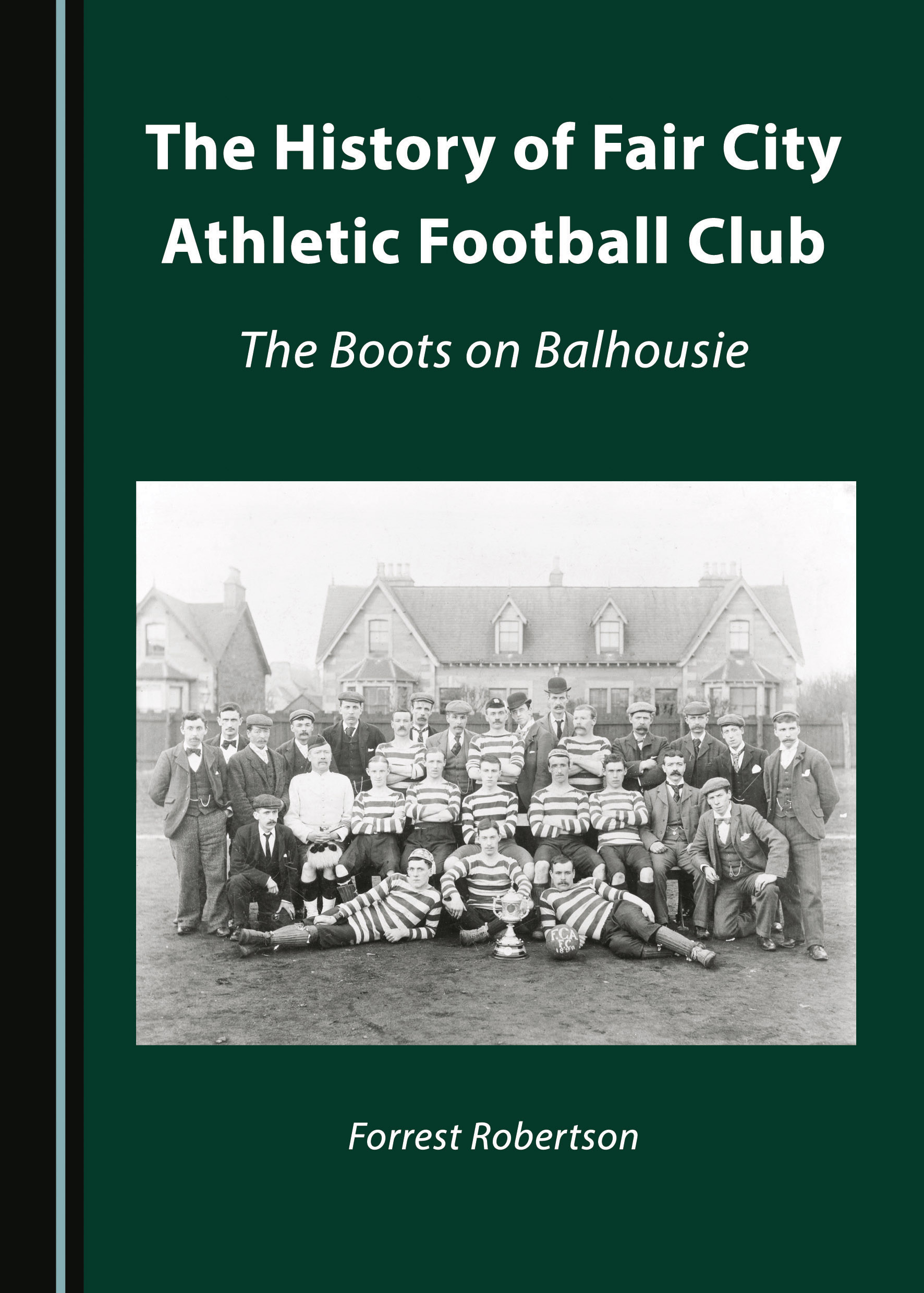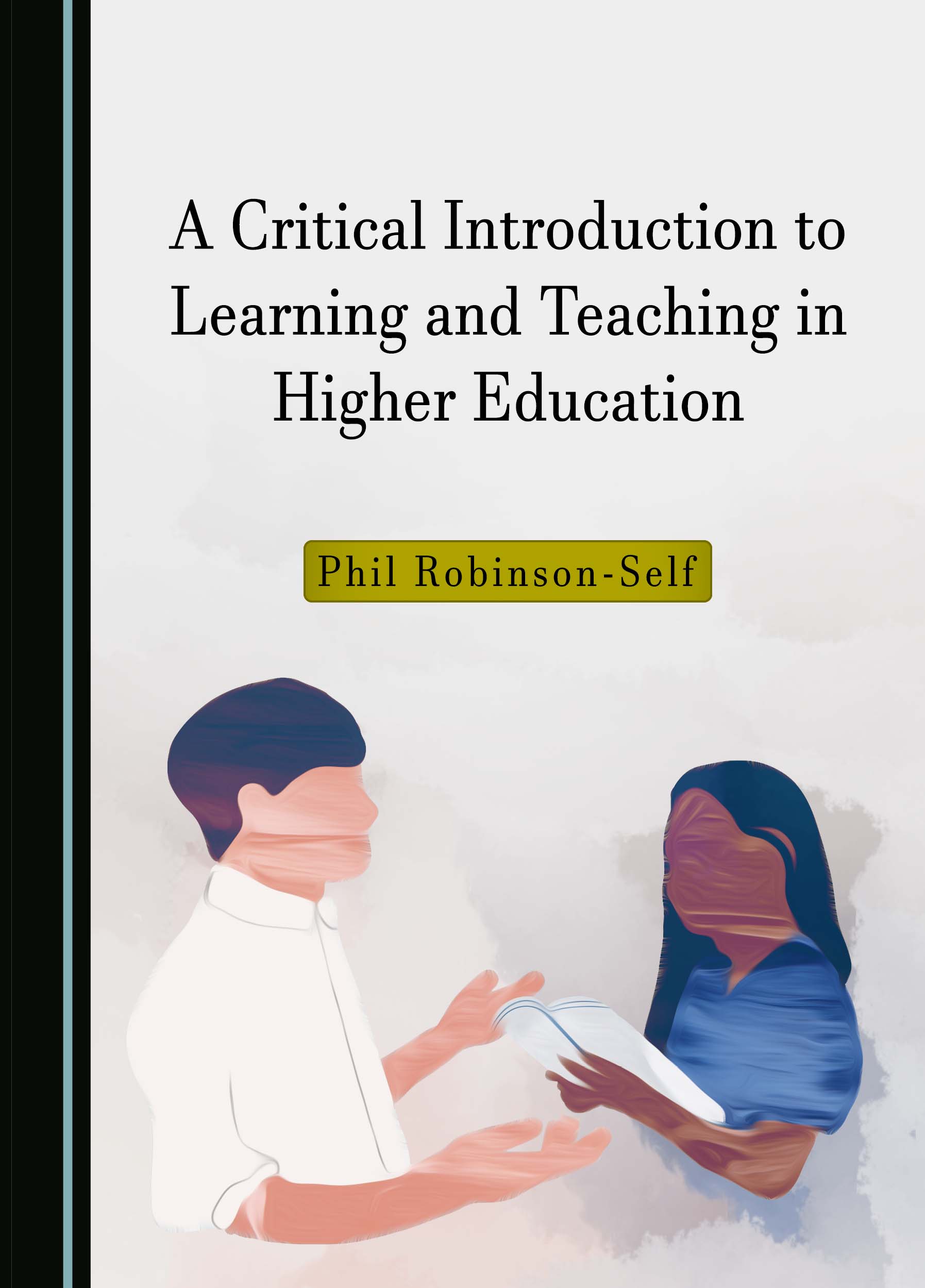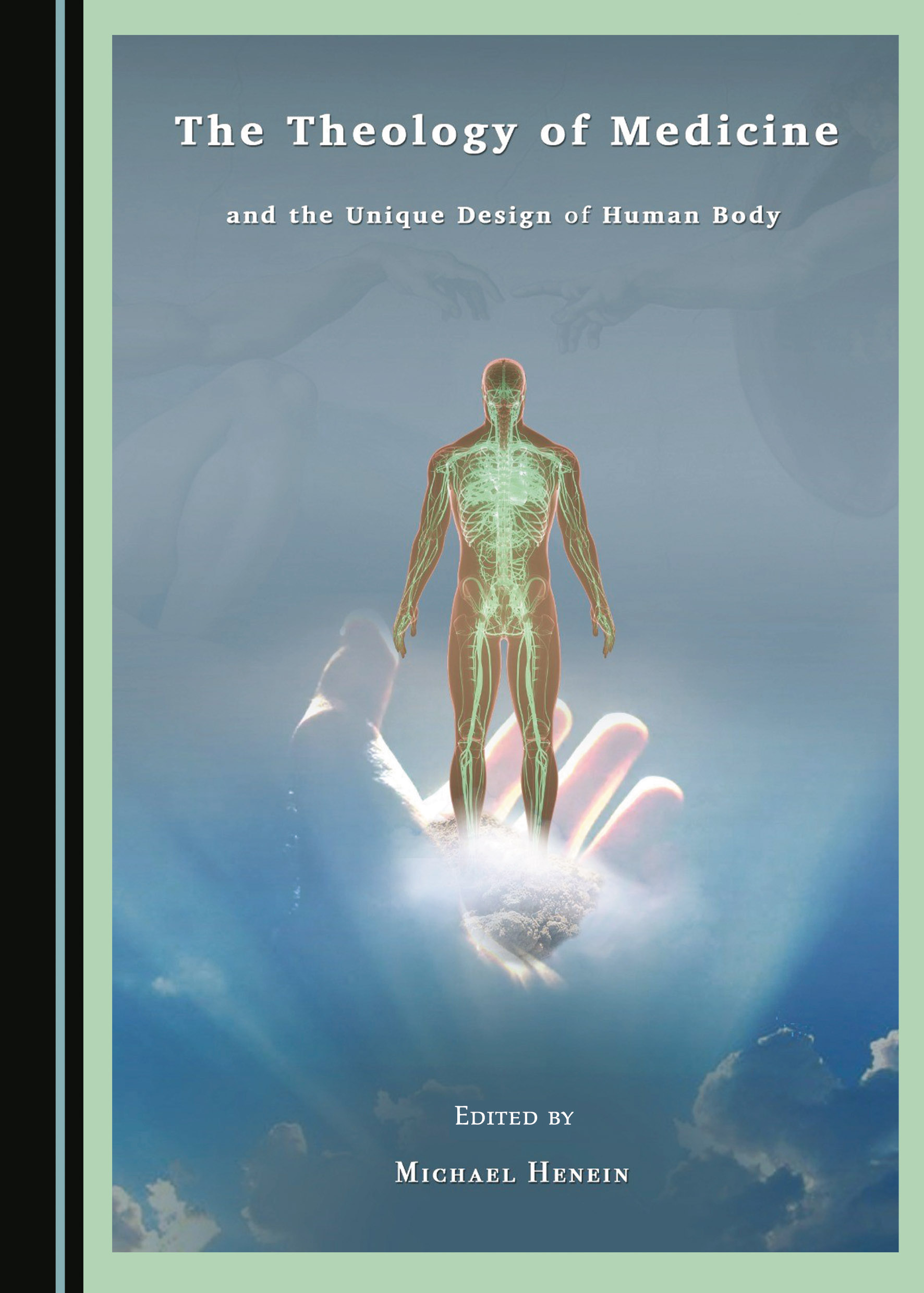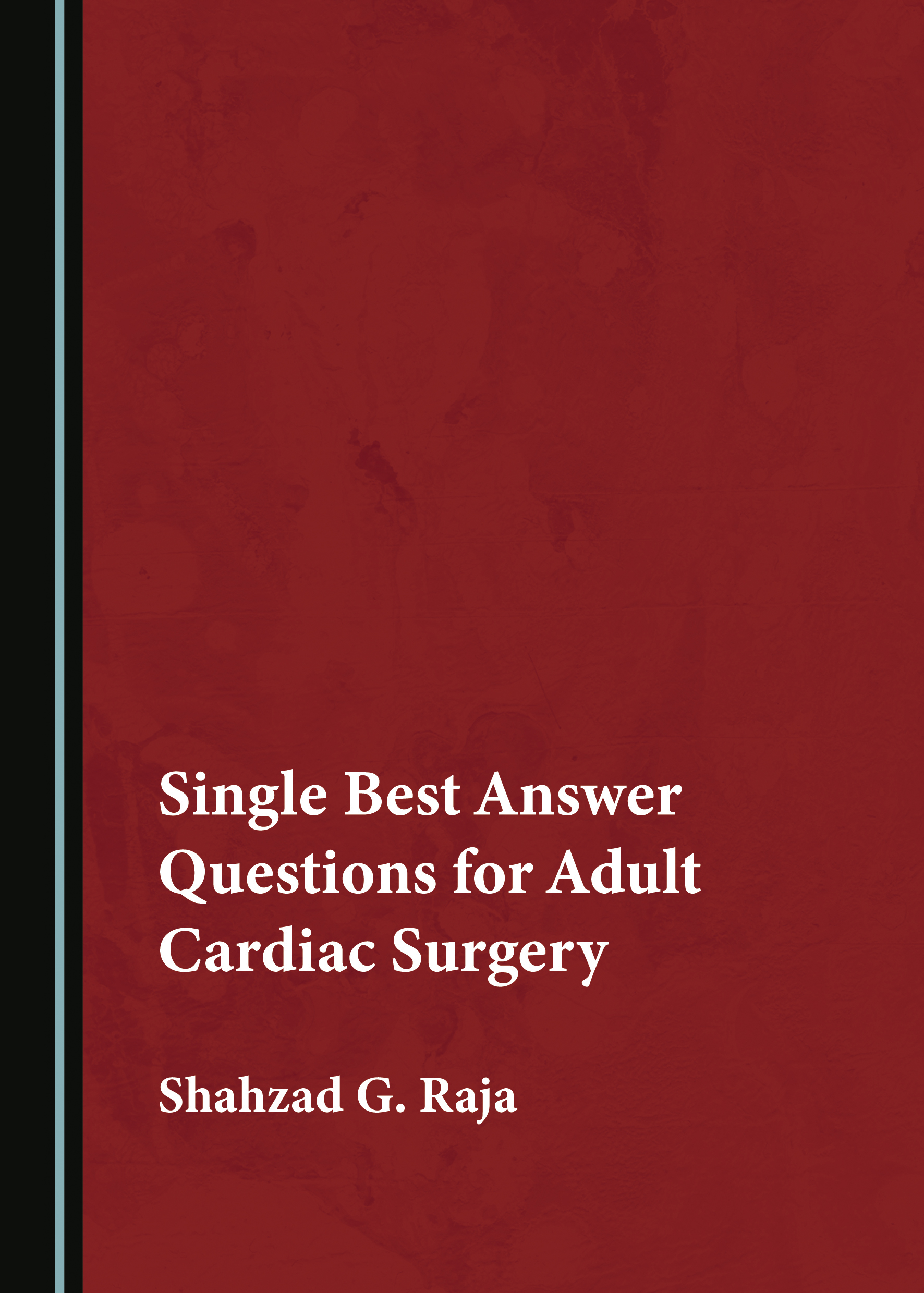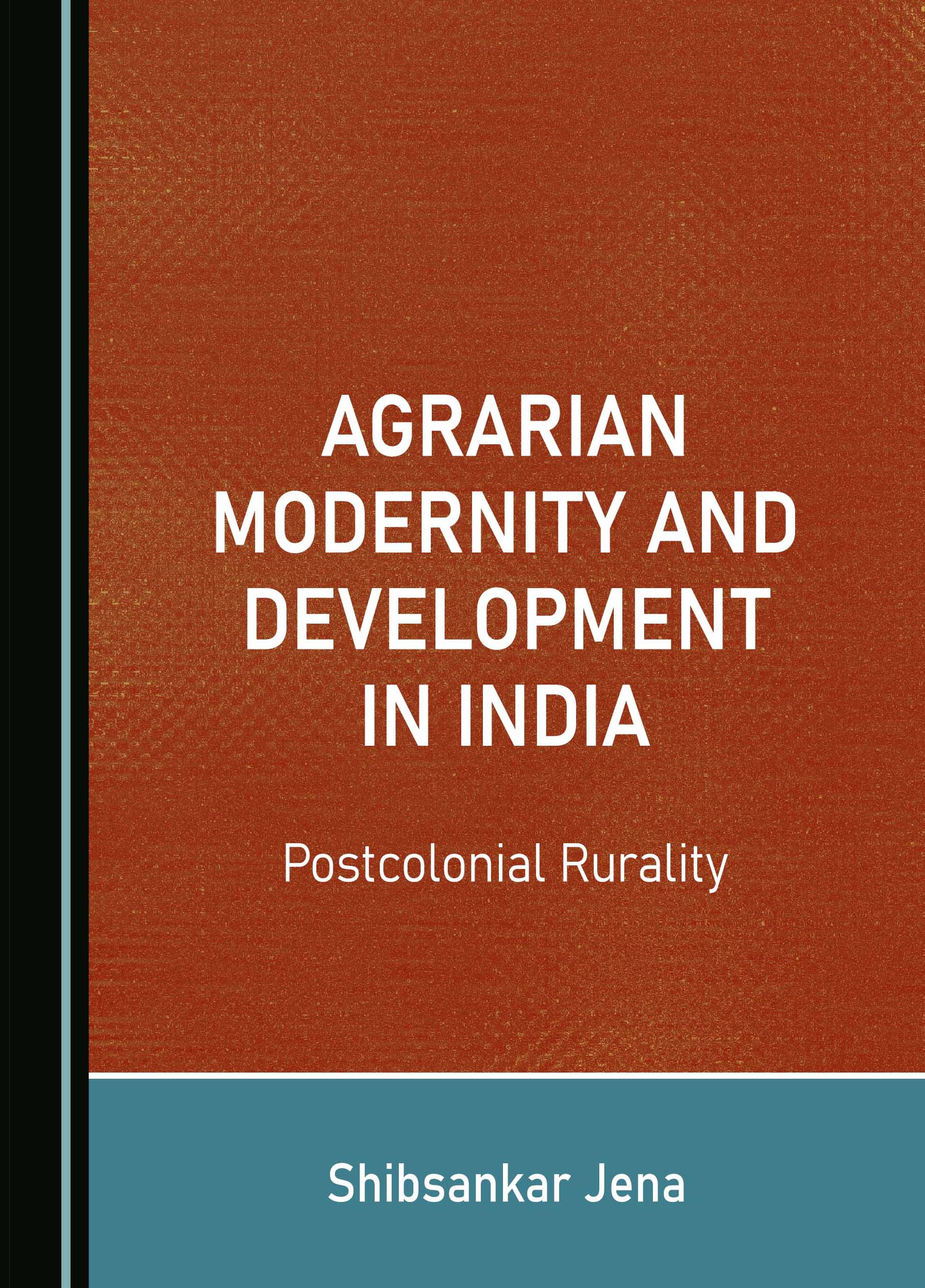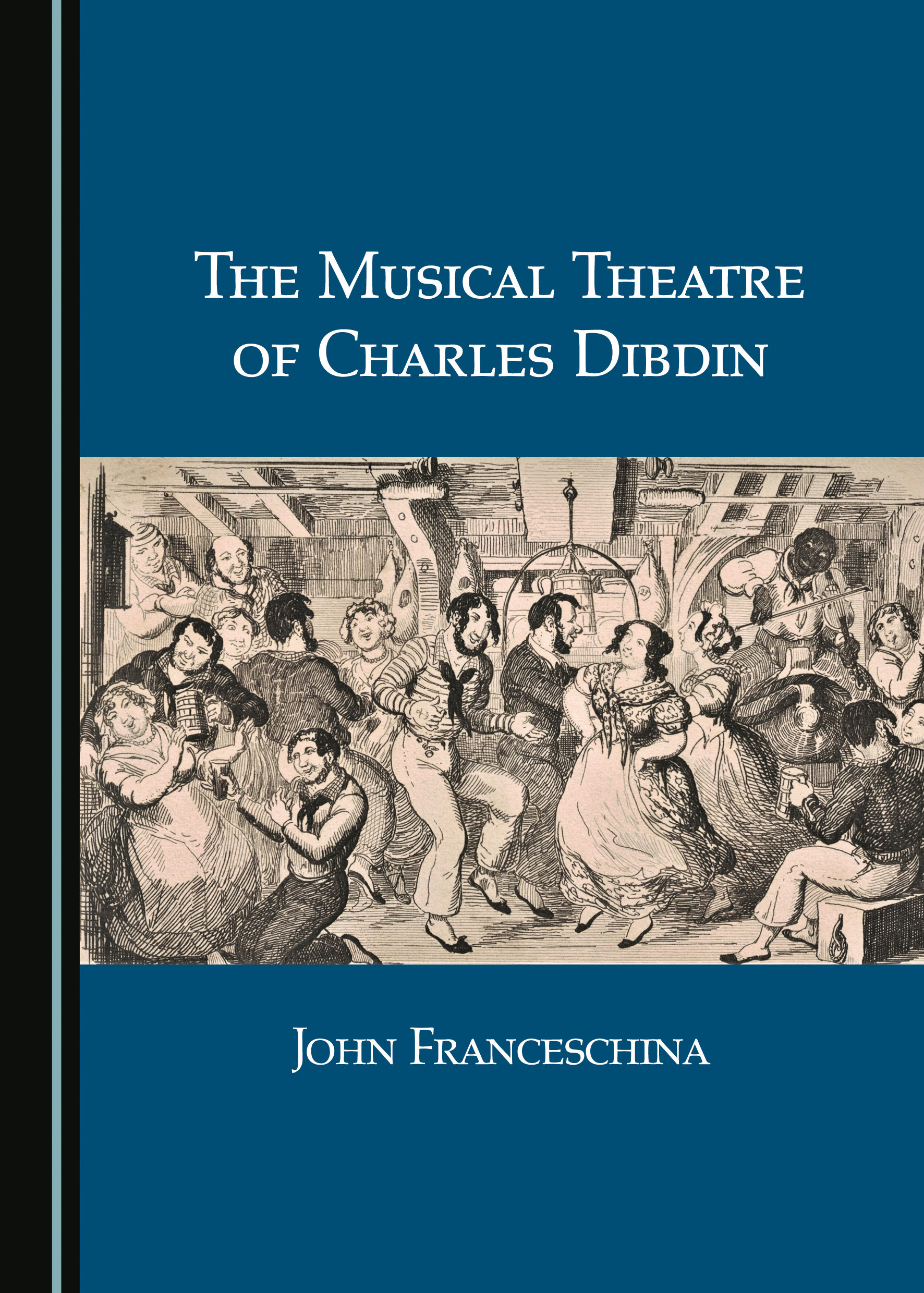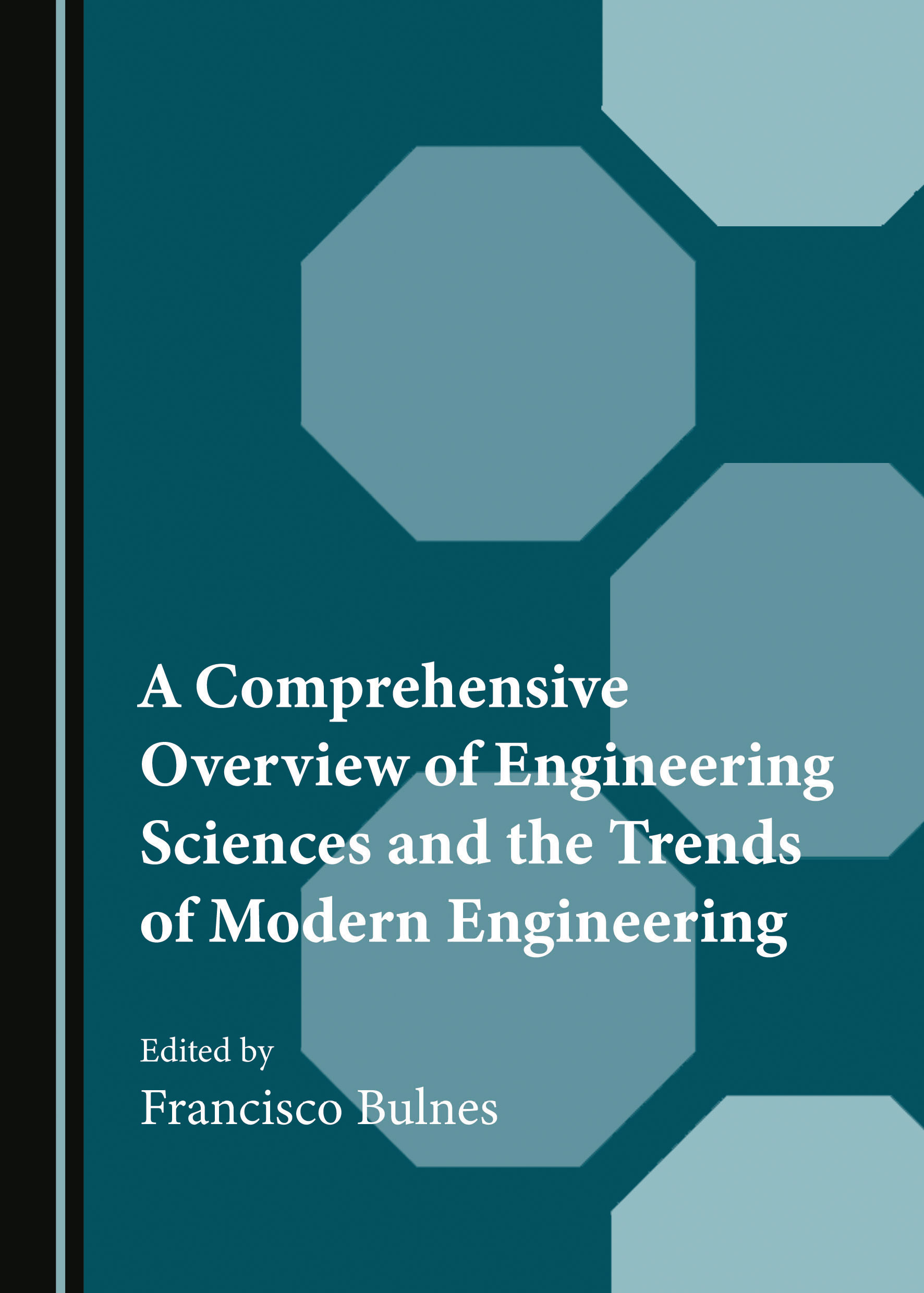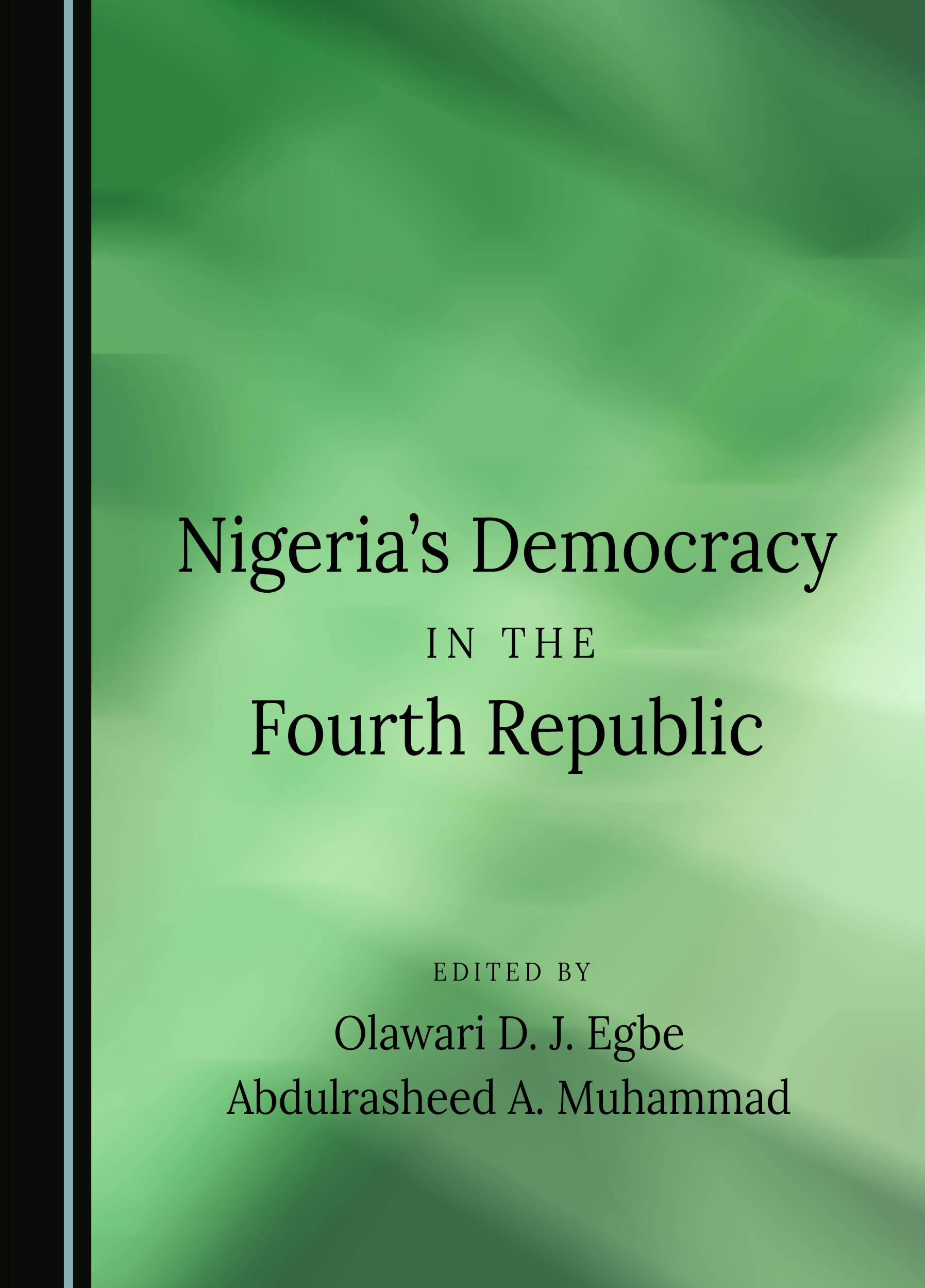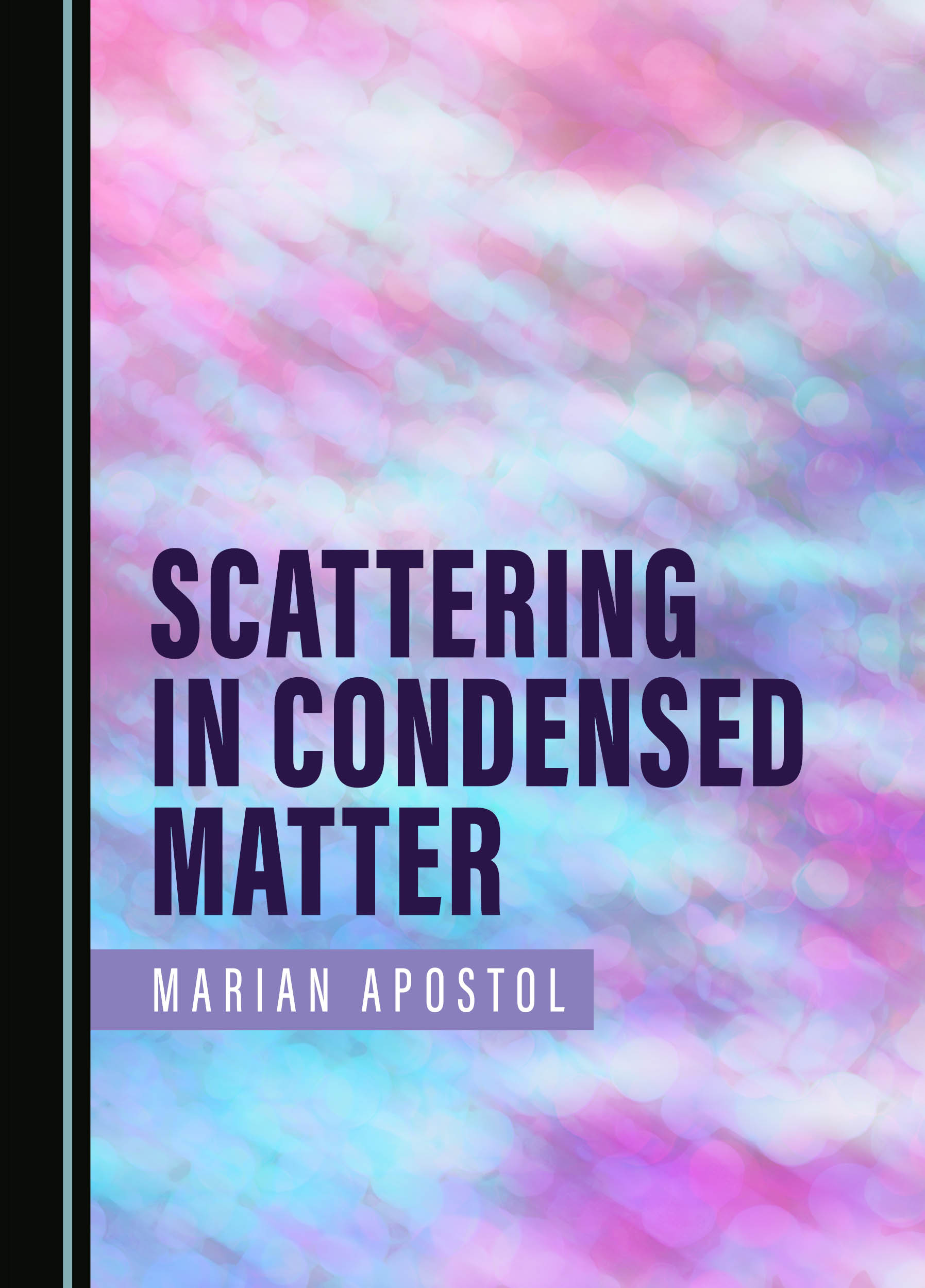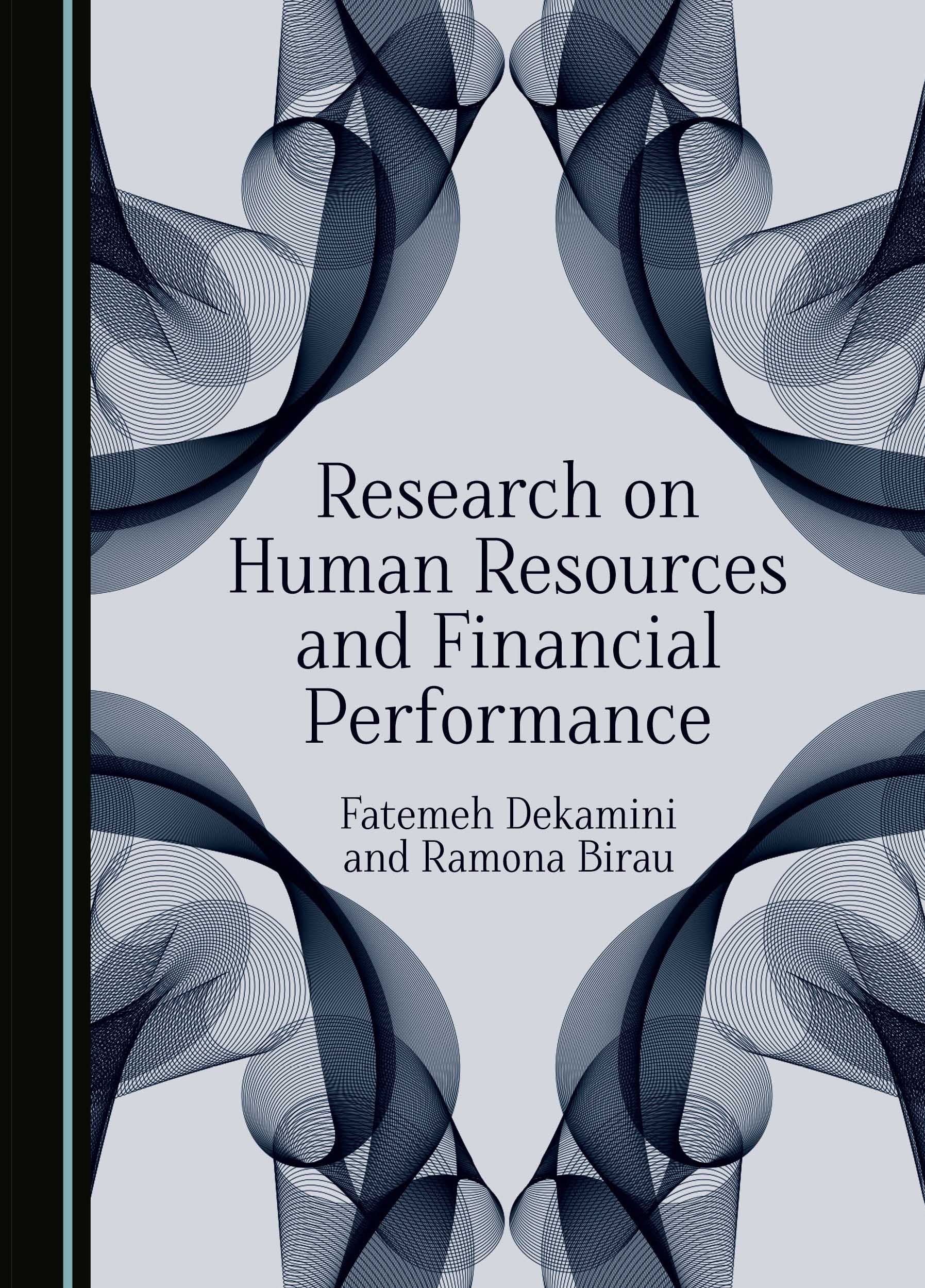Breaking with Convention in Italian Art
Popularized by the hit television show, the phrase “breaking bad” is defined in urban slang as someone who challenges convention, defies authority, or rejects moral and social norms. Running from 2008 to 2013 on AMC, Breaking Bad featured one of the most unforgettable characters in television history: Walter White, a high school chemistry teacher, husband, and father, who is diagnosed with terminal cancer. For five seasons, fans watched as Walter White tried to secure financial security for his family by using his chemistry skills to manufacture drugs. Throughout the series’ run, Walter White was the epitome of the phrase “breaking bad”, as he broke the law and continually rejected the social mores that he had dutifully followed until his cancer diagnosis.
Taking its cue from Walter White, this volume explores the various ways in which artists, patrons, and art historians throughout history have broken bad by defying authority, challenging convention, or rejecting the norm. For example, artists also sometimes break away from tradition by using unconventional iconography, as is the case in Chapter Two, which investigates how Etruscan tomb reliefs show mourning rather than celebration. The book also includes a chapter in which an art historian breaks bad by challenging the conventional interpretation and date of an object, thus eschewing tradition and defying authority. In this case, Chapter Three disputes the largely accepted Hellenistic date and interpretation of the Tazza Farnese, and instead asserts that the cameo must be Roman.
Spanning the art of ancient Etruria to the twentieth century, the eight chapters here explore the theme of breaking bad from a variety of time periods and artistic media, from Etruscan mirrors and Roman cameos to Baroque portraits and Italian Pop Art. Scholars approach the topic of breaking bad from a number of perspectives, including examining the artist, patronage, reception, propaganda, iconography, methodology, and use.
Julia C. Fischer is an Assistant Professor of Art History at Lamar University, USA. She received a BA Classics in Art History from Loyola University Chicago, an MA in Classical Archaeology from the University of Missouri-Columbia, and a PhD in art history from the Ohio State University, USA. Dr Fischer’s research focuses on the iconography, reception, and propaganda of Roman Imperial cameos. She is currently working on Private Propaganda: The Large Imperial Cameos of the Early Roman Empire.
There are currently no reviews for this title. Please do revisit this page again to see if some have been added.
Julia C. Fischer
Buy This Book







